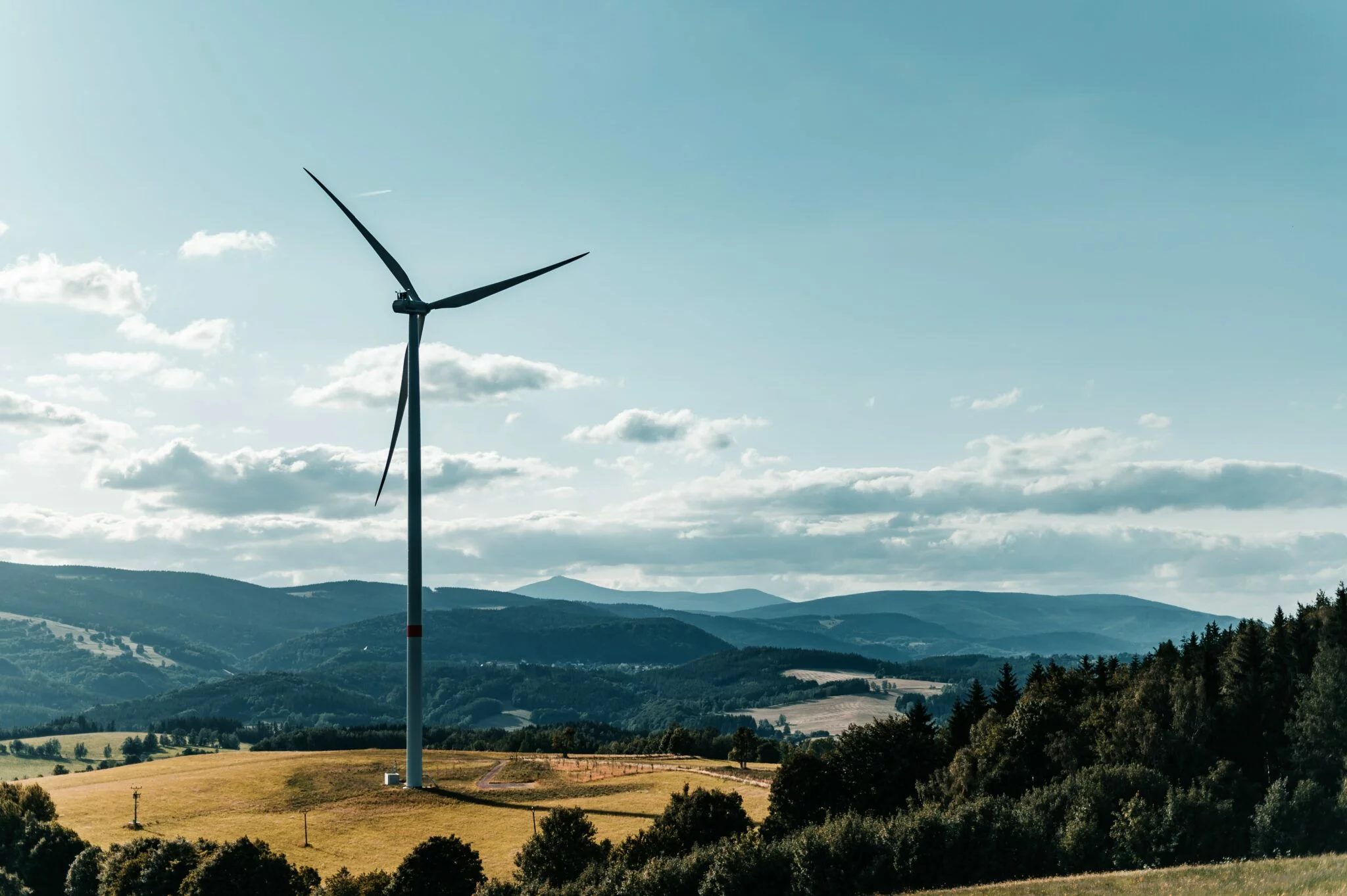How do they work?
Imagine you are mayor of Sea City, a medium-sized Southeast Asian city of 2 million people. Sea City is slowly recovering from the worst impacts of the COVID-19 pandemic, but your unemployment rates skyrocketed during the crisis and your plans for improving the city’s infrastructure have been put on hold.
Before the pandemic hit, your national government made some ambitious goals to fulfill its commitments to the Paris Agreement and the SDGs, and to strengthen its profile as a green and sustainable country. As mayor of a major city, you are committed to supporting your country in its global sustainability commitments, and you firmly believe in the importance of the SDGs to combat poverty, inequality, environmental degradation, health and justice.
To boost employment, improve the city’s reputation, strengthen the city’s infrastructure and contribute to mitigating climate change, the Sea City municipal council has decided to undertake three infrastructure projects that target a number of SDGs:
- A light rail system that will connect residential and commercial districts in the city while alleviating traffic and providing safe, clean and comfortable transportation for hundreds of thousands of Sea City citizens.
- A sustainable solid waste management facility with composting and advanced sorting capabilities.
- Five parks and recreational areas at various locations in the city that will contribute to the liveability of Sea City and improve the health and wellbeing of the citizens.
How much will it cost?
The total bill for these projects is $850 million. Sea City does not have $850 million, so you have decided to fund these projects through a combination of schemes: Sea City itself will contribute $250 million, and you will take a $500 million sovereign loan from a development bank such as ADB. The remaining $100 million will be raised through an SAB.
Sea City seeks to mobilize $100 million from two primary groups of investors: one is domestic impact investors including foundations and philanthropists, the other is offshore investors who live up to a predetermined set of eligibility criteria.
But why would they choose to invest in infrastructure in a medium-sized Southeast Asian city such as yours with an unproven track record and limited funds?
What’s the attraction for overseas investors?
There are several benefits to SABs, but a main factor that could make the SAB especially attractive to global financiers is that it is proposed to be backed by a national guarantee fund, in turn to be supported by one or more multilateral or bilateral development agencies.
In the case of Sea City, the possible fund might be supported by such a bilateral or multilateral development agency, and perhaps also your own country’s central bank. The guarantee fund would only be called upon if Sea City were unable to pay back the investors, either after the bond’s 15-year lifespan or at any fixed exit intervals where an investor may want to pull out.There are several benefits to SABs, but a main factor that could make the SAB especially attractive to global financiers is that it is proposed to be backed by a national guarantee fund …
Having such a structured guarantee makes the SAB seem much less risky to investors. At the same time, Sea City benefits from a bond structured to make payments after the initial construction years when usage is increasing and then rising payments aligned with tax revenues and project revenues from light rail ticket sales, advertising on trains and platforms, rent from vendors in the parks, etc.
As your projects finish, Sea City will monitor and measure its impact according to your country’s national Sustainable Financing Framework, globally accepted impact metrics and any additional impact monitoring tools. Following the successful SAB, your municipal council decides to regularly issue further SABs to reach about $500 million by 2023.
The future of green investment
At this point, the SAB concept is only that, a concept. It would need to be fine-tuned and piloted before making its proper entrance into the mainstream toolbox of green infrastructure financing.
Our mandate at the ACGF is to keep innovating and thinking of new ways to bridge that financing gap. Only by constantly renewing the way do we approach financing can we reach the SDGs together.
The ACGF was set up by the ASEAN Infrastructure Fund (AIF) in 2019 and is owned by all 10 ASEAN countries as well as ADB, which also manages it. Read more about SDG bonds and their role in a post-COVID-19 recovery in the ACGF’s latest publication: “Accelerating Sustainable Development after COVID-19: The Role of SDG Bonds.”
By Anouj Mehta
This story first appeared on: World Economic Forum







